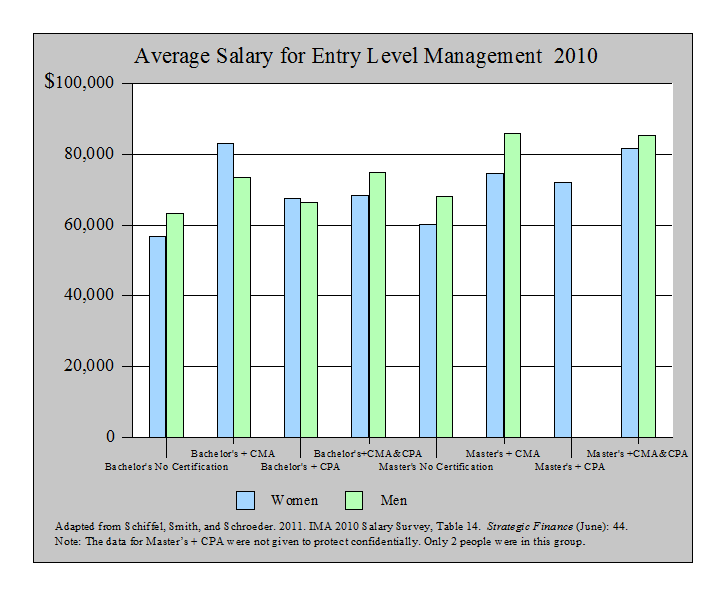
This means that a business that receives cash, for example, will debit the asset account, but will credit the account if it pays out cash. A T-account works by showing how a transaction creates an increase and decrease in two separate accounts. This informs that you have a balanced account in your general ledger or that an error has occurred in the accounting process. A T-account is a graphic representation of the accounts in your general ledger.
Afterward, some of those early humans spread out to Europe and Asia, evolving into Neanderthals and their cousins, the Denisovans. “We realized we had discovered something big about human history,” said Wangjie Hu, a computational biologist at the Icahn School of Medicine at Mount Sinai in New York and an author of the study. But outside experts said they were skeptical of the novel statistical methods that the researchers used for the study. The population crashed following climate change about 930,000 years ago, scientists concluded. Still not convinced Deskera is the right choice for your business? Well, don’t take our word for it – give the software a try out yourself.
AccountingTools
For asset accounts, which include cash, accounts receivable, inventory, PP&E, and others, the left side of the T Account (debit side) is always an increase to the account. The right side (credit side) is conversely, a decrease to the asset account. For liabilities and equity accounts, however, debits always signify a decrease to the account, while credits always signify an increase to the account.

Our own lineage continued to evolve into modern humans in Africa. Our branch of the evolutionary tree split from that of other apes about seven million years ago in Africa. Our ancestors had evolved to be tall and big-brained in Africa by about a million years ago.
To create and record a T account, you have to know how debit and credit rules apply to the different types of accounts. T accounts are used in a bookkeeping method known as double-entry bookkeeping. flexible budget Here is an example of two T-accounts posting the purchase of a car. As you can see, the cash account is credited for the purchase of the car and the vehicles account is debited.
First, these debit and credit entries are posted into the journal, as a journal entry. Manually maintaining a T account system is time-intensive and expensive. However, it is a mandatory system of accounting required by governments and financial institutions. It is, however, very easy, efficient, and cost-effective to use software solutions such as TallyPrime to implement T account bookkeeping in a business.
Accounting Basics: T Accounts
Some festival-goers who have chosen to drive off have damaged the”playa” terrain, according to the Sheriff’s office. Attendees who had been planning on traveling to the event were told by organizers to not come. The death was announced a day after festival’s organizers encouraged people to shelter in place and conserve food and water after the rains made the drive out of the festival grounds nearly impossible. “No driving is permitted on playa except for emergency vehicles. If you are in BRC, please shelter in place and stay safe,” the organizer’s tweeted. “The number of sites in Africa and Eurasia that date to this period suggests that it only affected a limited population, who may have been ancestors of modern humans,” he said.
A T-account is an informal term for a set of financial records that uses double-entry bookkeeping. For day-to-day accounting transactions, T accounts are not used. Instead, the accountant creates journal entries in accounting software. https://online-accounting.net/ Thus, T accounts are only a teaching and account visualization aid. The T account is a fundamental training tool in double entry accounting, showing how one side of an accounting transaction is reflected in another account.
Obviously, it would be pretty difficult to search through 1,000 pages in order to find information about one account. For example, the fixed assets account would have its own ledger account with only transaction involving fixed assets. A T-account is a visual aid used to depict a general ledger account. The account title is written above the horizontal part of the “T”.
The company has received $200 cash and the inventory account loses 200$ worth of an item. This T account example simply illustrates how the balancing of a ledger works. By using a T account, one can keep from making erroneous entries in the accounting system. Every financial transaction is first recorded as a journal entry, into the general journal.
What are T Accounts?
The major components of the balance sheet—assets, liabilities and shareholders’ equity (SE)—can be reflected in a T-account after any financial transaction occurs. A single entry system of accounting does not provide enough information to be represented by the visual structure a T account offers. Double-entry bookkeeping is based on the principle that every transaction affects a minimum of two accounts. In this system, the total credits must always equal the total debits. This is a more robust form of accounting that double-checks each transaction and leaves scope for different aspects of business transactions such as buying and selling on credit. A T account is an informal term that refers to financial records that use double-entry bookkeeping.
Single-entry bookkeeping cannot use T accounting simply because the system does not differentiate between debits and credits. The T account system is based on the principle of classifying each transaction as debit and credit to different ledgers or books. Bookkeeping is the process by which a company’s financial transactions are recorded and organized. Single entry bookkeeping is the simplest form of bookkeeping where a single entry is made for every transaction usually in a cash book. T-accounts can also be used to record changes to the income statement, where accounts can be set up for revenues (profits) and expenses (losses) of a firm. For the revenue accounts, debit entries decrease the account, while a credit record increases the account.
How Are T Accounts Used in Accounting?
Debits and Credits are simply accounting terminologies that can be traced back hundreds of years, which are still used in today’s double-entry accounting system. A double-entry accounting system means that every transaction that a company makes is recorded in at least two accounts, where one account gets a “debit” entry while another account gets a “credit” entry. In the T account example above, we have recorded the sale of an item that is worth $200 from ABC Company.
- We at Deskera have spent over 10 years working with small business owners from across 100+ countries, to build accounting software that suits any type of business.
- I reported on the impact on the company’s expenses in great detail.
- A T account is a graphic representation of a general ledger account.
- Initially, the ledger was an actual book that was maintained by bookkeepers.
- Your inventory (asset) account has increased or been credited by $1,000, and your cash (asset) account has decreased or been credited by $1,000 because you have decreased available inventory.
The researchers explored various models in order to find one that best explains today’s genetic diversity among humans. They ended up with a scenario that included a near-extinction event among our ancestors 930,000 years ago. “It is a tool we created to figure out the history of different groups of living things, from humans to plants,” Dr. Li said. The researchers named the method FitCoal (short for Fast Infinitesimal Time Coalescent).
Total debits amount to $190,000 while total credits amount to $50,000. The balance of Accounts Payable is computed by getting the difference which is equal to $170,000. For instance, a company hires some extra temporary labor for a busy period in their factory. The accounting department later catalogs those labor payments under “operating expenses” instead of under “inventory costs” (which is where factory labor costs should go). If the labor costs are still debited and credited fully, then this type of mistake can also be difficult to catch.
‘Alarming’ Scale of Marine Sand Dredging Laid Bare by New Data … – Slashdot
‘Alarming’ Scale of Marine Sand Dredging Laid Bare by New Data ….
Posted: Tue, 05 Sep 2023 17:25:00 GMT [source]
And as you’re issuing sales invoices, making payments, receiving revenue, Deskera automatically debits and credits the transaction values into the corresponding ledger accounts. Wages to employees are a business expense and decrease owner’s equity, so the Wages Expense account will be debited for $3,200. The asset Cash also decreases and gets a credit entry of $3,200. A T account (or general ledger account) is a graphical representation of a general ledger account. The general ledger is an accounting report that sorts and records a business’ financial transactions, by account. The credits and debits are recorded in a general ledger, where all account balances must match.
What Does T Account Mean?
One of the best accounting software for small businesses today is Deskera. When you’re running your own business, you probably don’t have a ton of spare time to journalize transactions and write down T accounts into the ledger by hand. After assessing what debit and credit entry applies to each specific account, T accounts can be created. I regularly use T-accounts when preparing adjusting entries (accruals and deferrals). I begin by drawing two T-accounts, marking one as the balance sheet account, and one as the income statement account. The next step is to determine the amount that should be the correct ending balance for the balance sheet account.







